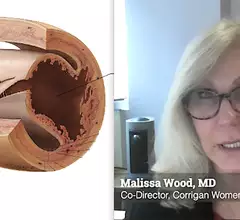Leslee Shaw, PhD, director of the Blavatnik Family Women's Health Research Institute, a professor of medicine at the Icahn School of Medicine at Mount Sinai, and a former president of both SCCT and ASNC, explains the sex differences in cardiovascular imaging presentations in women versus men.

